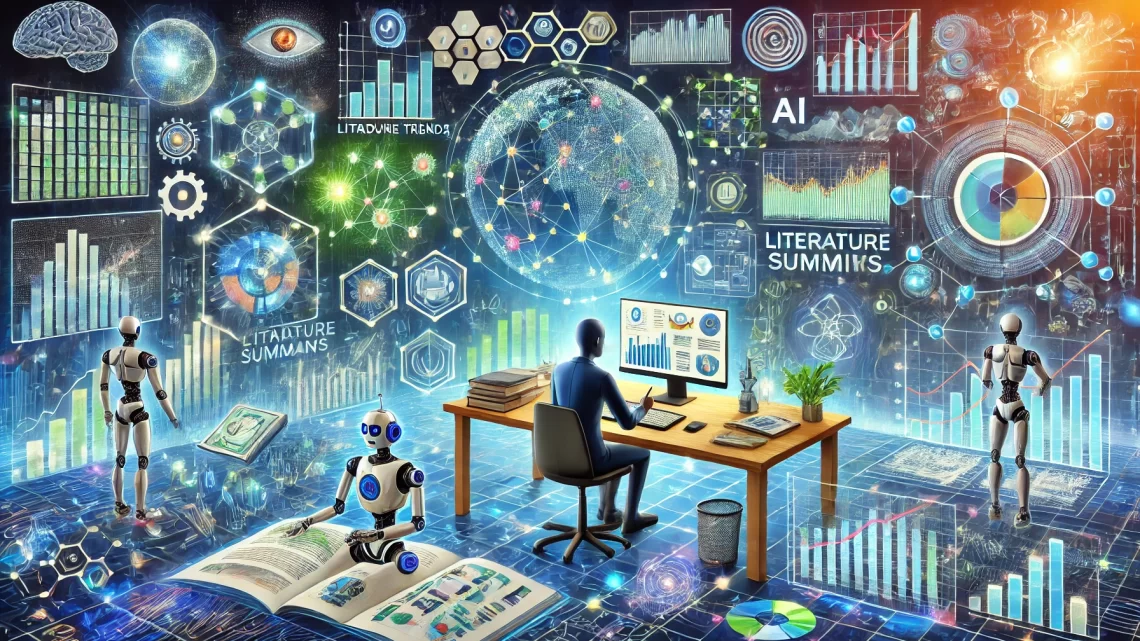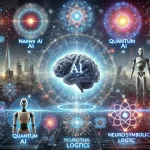
Digital Twins in Biology: Transforming Healthcare Through Virtual Modeling
February 21, 2025Introduction
Digital twins are virtual replicas of physical entities that, in biology, serve as sophisticated models mirroring the behavior and interactions of biological systems. By integrating vast amounts of data—from genetic information to clinical records—these digital counterparts enable researchers and clinicians to simulate disease progression and predict responses to various treatments with remarkable precision.
Concept and Development
The foundation of digital twins in biology lies in their ability to create dynamic, computational models that reflect the complexities of human physiology. These models are constructed by assimilating diverse datasets, including genomic sequences, proteomic profiles, and patient health records. Advanced machine learning algorithms and artificial intelligence process this integrated data to generate simulations that can predict how biological systems respond under different conditions. This approach allows for a comprehensive understanding of disease mechanisms and the potential impact of therapeutic interventions.
Digital twins are continuously refined using real-time data, ensuring that simulations remain up to date with a patient’s current health status. This iterative process enhances predictive accuracy and allows healthcare providers to make proactive decisions tailored to individual patients.
Applications in Disease Modeling
One of the most promising applications of biological digital twins is in disease modeling. By creating a virtual representation of a patient’s organs or even entire biological systems, clinicians can observe how diseases develop and progress over time.
For instance, a digital twin of the heart can simulate the effects of various pacemaker settings, enabling personalized adjustments that optimize cardiac function. Similarly, in neurodegenerative diseases like Alzheimer’s, digital twins can model the trajectory of cognitive decline, assisting in the development of targeted therapies. These models provide valuable insights that help refine diagnostic criteria and improve treatment efficacy.
Personalized Medicine and Treatment Optimization
Digital twins hold significant potential in the realm of personalized medicine. By tailoring simulations to an individual’s unique biological makeup, these models can predict how a patient might respond to specific treatments. This personalized approach enables healthcare providers to design treatment plans that are optimized for efficacy and minimized for adverse effects.
For example, in oncology, a digital twin of a tumor can be used to test the effectiveness of various chemotherapy regimens in silico, identifying the most promising approach before administering it to the patient. Similarly, in autoimmune diseases, digital twins can predict immune system responses to different therapies, leading to improved patient outcomes.
Advancements and Future Directions
The integration of digital twins into healthcare is advancing rapidly, propelled by technological innovations and collaborative research efforts. Recent studies have demonstrated the feasibility of creating digital twins that can accurately model complex diseases across different stages, from mild cognitive impairment to more severe conditions. These models are trained on extensive datasets, encompassing observational studies and clinical trial data, to ensure their reliability and applicability in real-world scenarios.
Looking ahead, the continuous refinement of digital twin technology promises to revolutionize healthcare by enabling more precise diagnostics, personalized treatment plans, and efficient drug development processes. As these virtual models become increasingly sophisticated, they are poised to become integral tools in the pursuit of improved patient outcomes and the advancement of medical science.
Conclusion
Digital twins represent a paradigm shift in medical research and healthcare delivery. By leveraging computational power and vast biomedical datasets, they offer unprecedented opportunities for understanding disease mechanisms, optimizing treatments, and personalizing patient care. As the field continues to evolve, digital twins are set to play a pivotal role in shaping the future of precision medicine and transforming the landscape of modern healthcare.

















